
Hey, I know how that goes.
Half the time I write an awesome post or throw up something really cool on social media, and guess what? Nothing happens.
Do you know what I think the problem is?
I had no conversion goal in mind.
Conversion goals really come down to what you’re expecting from your webpage, blog post, or social media post/campaign.
- Are you expecting more clicks to your website?
- Is your goal to increase followers by as much as possible?
- Are you trying to drive up ad revenue?
- Is increasing brand awareness and loyalty what you’re going for?
- Could there be a third-party website that you’re trying to direct people to?
These are all conversion goals that you want to think about when you’re crafting your content.
I could go into SEO aspects, such as the code for your page or http markup or something. The thing is – I don’t know that stuff.
No, what I do is write, so I need to make sure my written content is so good that I’m getting exactly what I want out of it.
So what do I want?
Honestly, I’m not always sure. Many times I fire off a post so quickly that not a whole lot of thought went into it.
I sure might have the passion, but perhaps I don’t have the direction.
That’s what conversion goals are for – to give your posts that direction. And oftentimes, just like keywords, you can take those quickly-written passion posts and change a few things around to meet your conversion goals.
Even better, you can use a wide-range of social media tools to measure the effectiveness of those posts on Facebook, Twitter, Google+ and other networks.
Are you tired of your awesome content not giving you the results you want?
Don’t worry – that’s about to change.
3 Stages of Your Website’s Conversion Process
- Event: The smallest unit of measurement is an event. Maybe the person got to your page or clicked over to your sign-up form. Lots of times you can’t measure these, although analytics at its barest often reflects these events.
- Soft Conversion: This is kind of like getting to third base. You’ve enticed your potential customer, and they’re ready to buy. Often they don’t, and sometimes you can’t track this activity. I like to call these head nods – they liked your post or services page but aren’t ready yet.
- Hard Conversion: The final sell is the hard conversion. This is your ultimate goal. Perhaps the customer came back to your site. The post you had up was floating around their head and they decided to give that services page a try. Now you’ve got a new buy, a new email sign-up, or whatever it is that you were setting out to do.
I got most of those ideas from a February post on Social Media Explorer. It was written by Morgan Lucas and has lots of good ideas for creating conversion goals and measuring them.
For me, the three steps in that sales funnel revolve around my website.
Well, I like to think they do.
- If I’m selling services then yes, I want to impress someone enough that they’ll contact me for writing work.
- When it comes to fiction or history, I want to impress them enough that they head over to Amazon to buy one of my books (or 30 of them).
- When it comes to politics, I want to slowly build up trust and respect so that thoughts, opinions and beliefs begin to change.
I use my website as the main funnel for all that activity, with the primary drivers being the two blogs and the now closed 2014 political blog (it still gets a bit of traffic).
On my ESL website it’s just the blog that does the selling. For both sites, however, I have strong social media presences that allow me to get my word out far and wide.
Or at least…I think I do.
Do I really? I don’t know unless I can measure that. Let’s explore.
Measuring Metrics with Google
How do you know?
Well, if you have a sale, you know they went through. What’s trickier is determining those that went through the initial stages – the micro conversion process, or events if you will – but didn’t get to the full conversion.
What happened?
This is where measuring your site’s metrics comes into play. When you can look at your metrics and analytics you can figure out why people are buying…or not.
Google Analytics is probably the best way to get started with conversion goals.
I know, I know…it’s analytics and numbers and graphs and spreadsheets and…shit – who wants to do that?
Well, successful people, that’s who.
Search Engine Journal has a great guide on getting started with Google Analytics conversions. It came out in 2012 but it’s still relevant. If you’re not using Google Analytics, check it out.
When it comes to measuring conversions via social media, you have lots of options:
- Facebook: Ads manager is your default analytics source for this social network. It’s not as good as it could be, however. Page Insights is another measure, again, one that’s lacking.
- Twitter: When it comes to this social network, groups and hashtags are really the way to expand your reach. But how do you measure it? Twitter unveiled their analytics measuring feature earlier this year, and it’s helpful. For more thorough insight use tools like Twitalyzer and Hashtagify.
- Google+: This network is a little trickier to measure. Google Analytics makes the most sense when you’re starting out, as it’s already keyed to the network. For more insight check out Google+ Dashboard – Social Media Examiner will fill you in.
Is that all?
Nope. Simply Measured is a good tool that will allow you to track metrics and conversions on Facebook, Twitter, Google+ and more.
Micro and Macro Conversions
Many times this comes about because of outdated content or a tired selling proposition.
Is your site telling visitors the exact opposite of what your marketing or social campaign is?
This happens a lot, and the reason is because we don’t change our web pages enough.
Crazy Egg had a great post in February that talked about websites’ missions not matching their conversion goals. It discusses About Us pages and landing pages and home pages most of all.
Yes, there’s a lot of info in that long post, but what stood out for me were the micro and macro conversions.
Micro conversions are the small steps that users have to go through in order to get to that final conversion, the macro conversion.
The article uses Amazon as an example.
Say you’re buying a book – you’re going to look at the cover, the reviews, and maybe you’ll even read the first few pages.
At that point you’ll have a pretty good idea if you want to buy or not.
So all those steps are the micro conversions – things your potential buyer needs to do so they’ll feel comfortable with your product.
Many times the buyer will stop after all the micro conversions have been done. In the case of the Amazon book, they might close out the browser and not buy. That doesn’t mean they won’t buy, however.
Thinking is a vital stage in the conversion process, and one we as marketers don’t consider enough.
People love to think about potential purchases, tossing them around in their mind for a bit. No problem!
If you’re doing everything in your micro conversion process right, that person will likely come back and buy that product. I’m sure you’ve gone back to Amazon to buy a book you were looking at before – we all have!
The trick is getting your page – whether it’s on Amazon or your site – the best it can possibly be.
It’s your ultimate selling machine, one that never sleeps. Oil it often.
Conclusion
I’ve looked at my analytics and it’s clear that Facebook groups really give me a lot of action.
I like to think this is what causes the sales of my writing advice books, but I could be wrong. Maybe it’s people wandering in from Google. Having good content marketing SEO for all the blog posts going back 2 years really helps with this.
The point is, your website is a selling machine, and when you pair it with effective social media marketing, you can go up against the Big Boys in your niche or industry.
Conversion goals help with that, and measuring them is key. Don’t get frustrated if it takes awhile – keep at it, adjust your approach, and always measure results.
If you do that enough you’ll see your conversion rate go up. Isn’t it time to get started?

















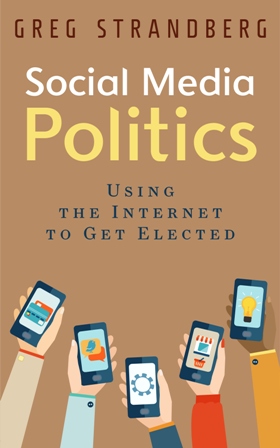



























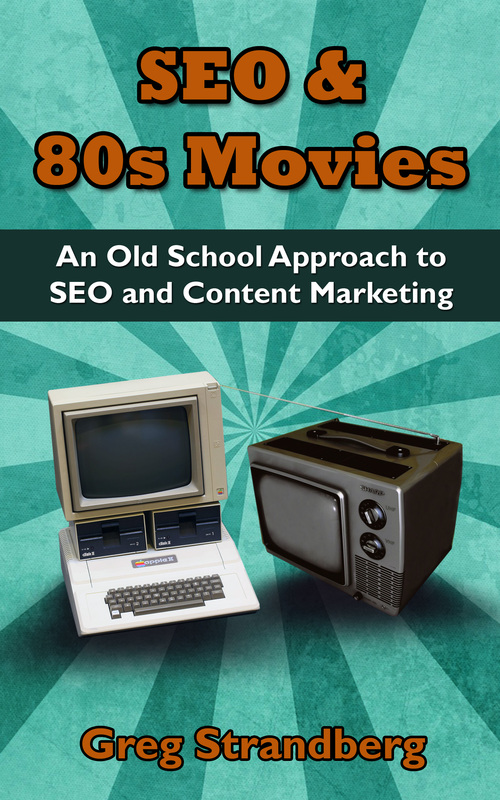














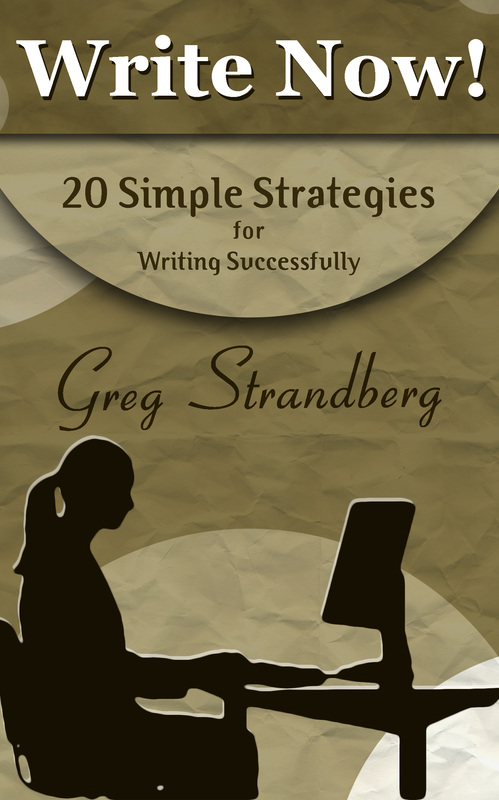



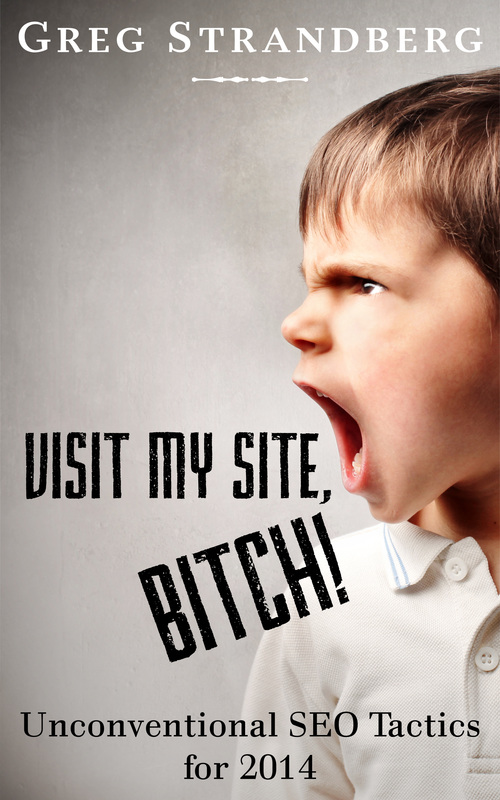
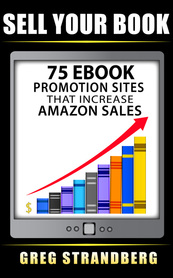
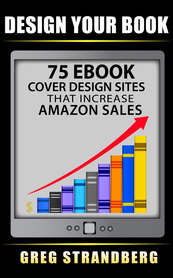
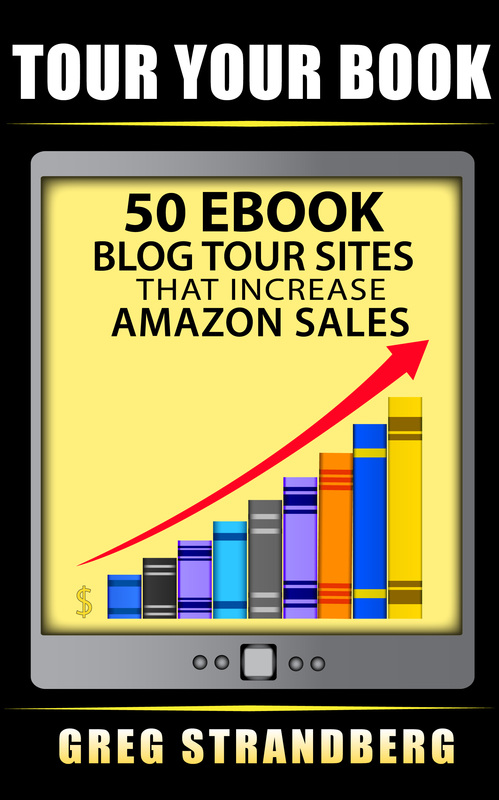
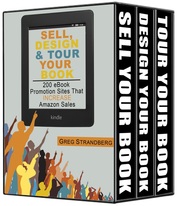





 RSS Feed
RSS Feed